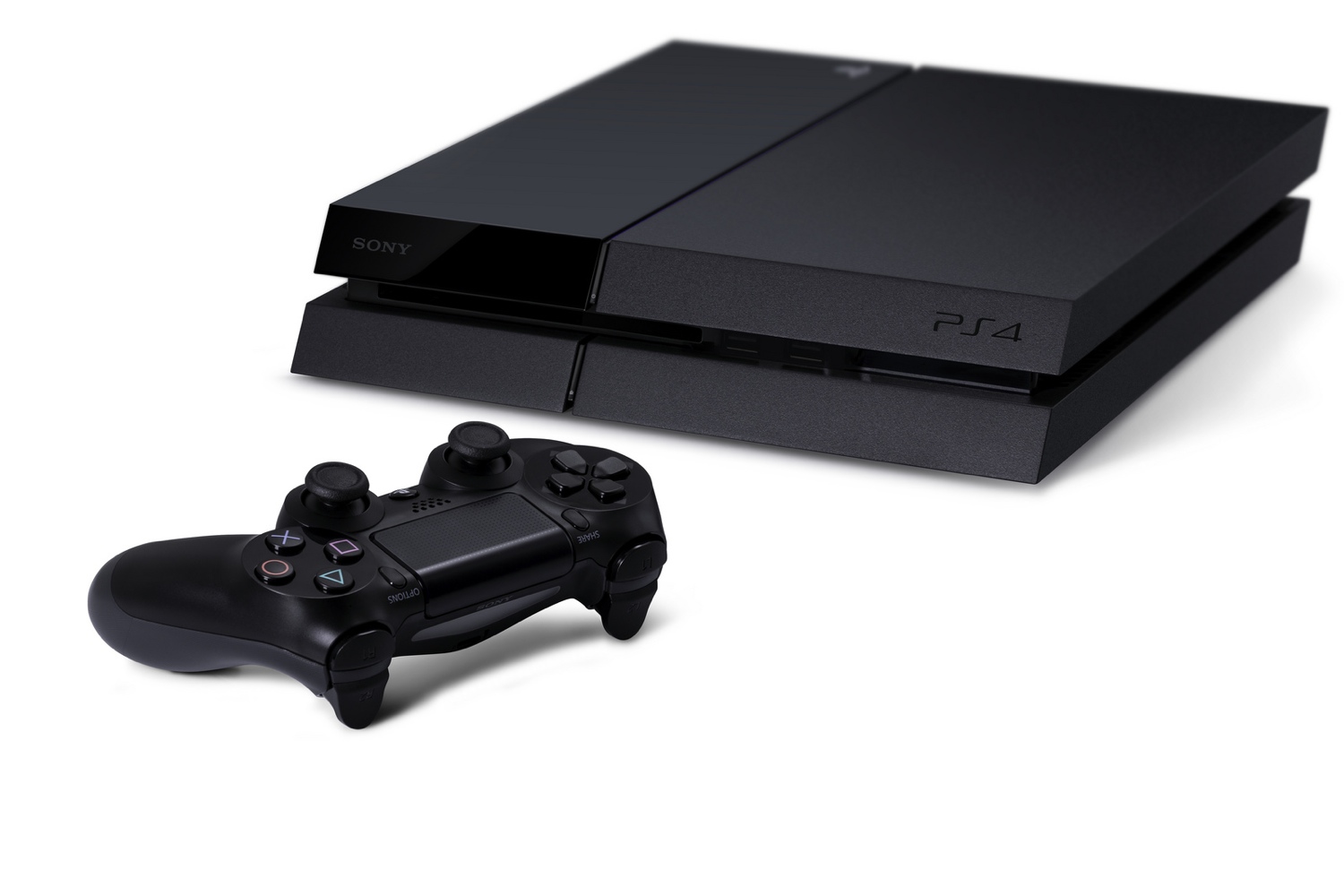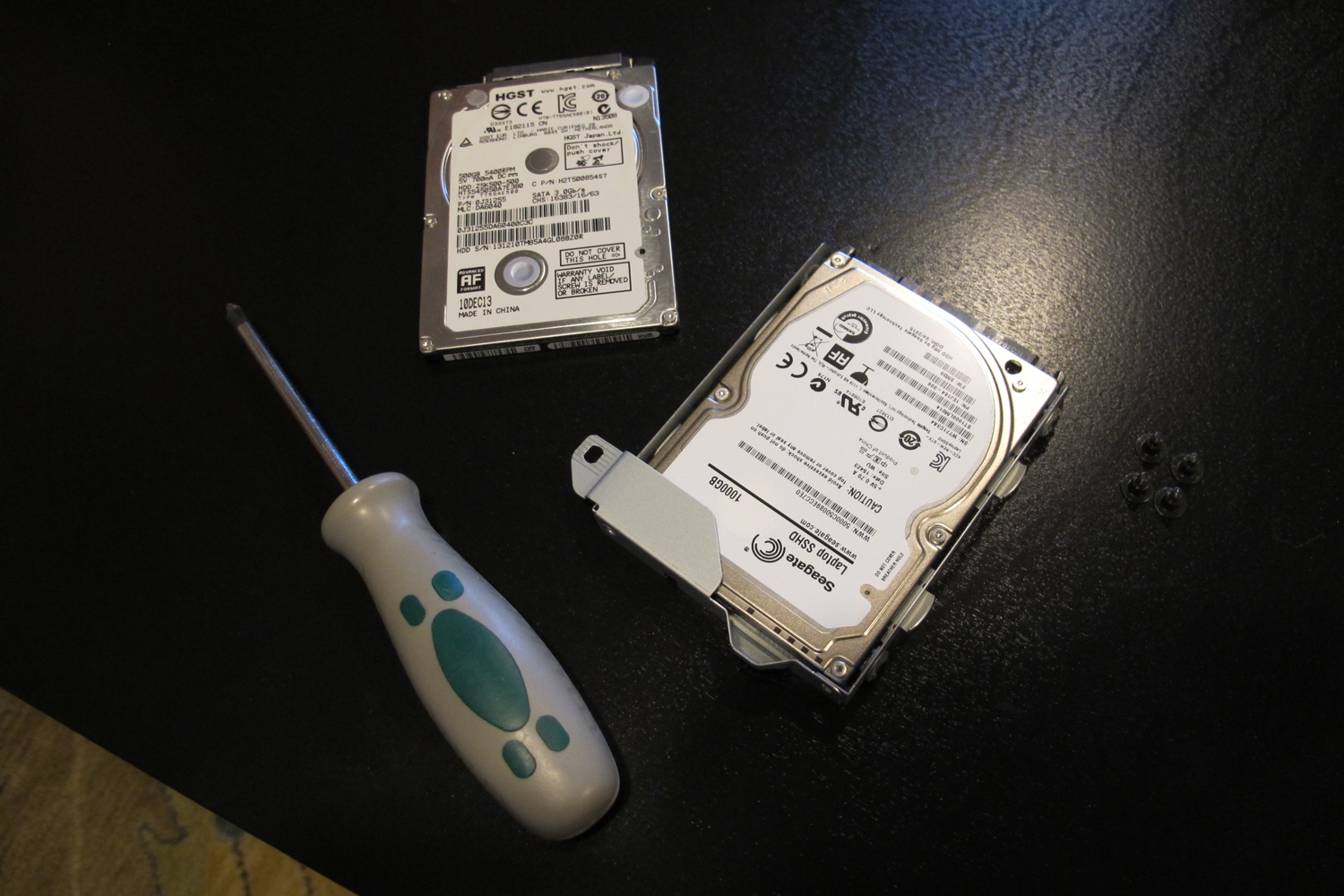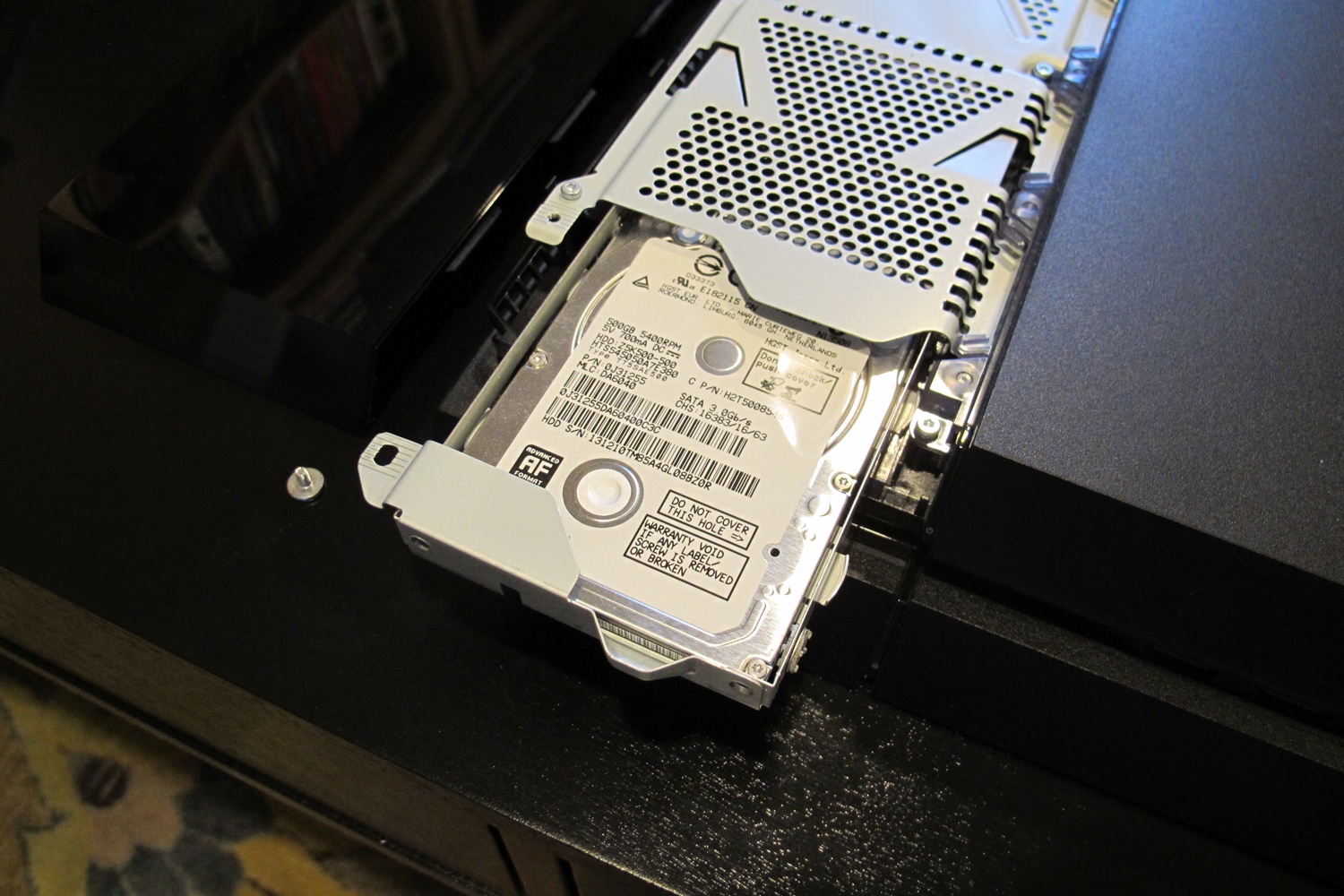
Worried your PlayStation 4 might be running short of elbow room? Heard Sony supports hard drive upgrades? Ready to pull the trigger? Have half an hour to spare?
Sony’s upgrade process covers all the basics, but it’s also just the nuts and bolts, begging the question of whether you ought to upgrade in the first place.
Want some help deciding?
First, do you really need to upgrade?
In North America, the PlayStation 4 ships with a 500GB hard drive. You may have seen something about a standalone 1TB “Ultimate Edition,” which just launched in Europe on July 15, but it’s not (yet) available stateside.
The question’s whether you need more than half a terabyte of storage. That’s either too little or more than enough, depending how many games you need at the ready. If you’ve never looked, it’s time to visit the PlayStation 4’s storage allocation overview. You can find it here:
Settings → System Storage Management
Take a gander at that top bar, which shows how much space you’ve used so far, then note the number to the right of “Free Space” (bottom right). Do you have more than 250GB free? If so, and you’re running everything you’d want to, the argument for upgrading isn’t as compelling (it’s certainly not as urgent as if your “Free Space” were 50GB or less).
Even if you’re full up, have you cleaned house lately? Do you actively play everything you’ve downloaded or installed from disc? Does your “Capture Gallery” have any discardable photos or videos? Do you have superfluous save games? Don’t remove anything you’d rather keep, but it’s worth taking a look, especially at your list of installed games, which can hog upwards of 50GB a piece.
Assemble your tools
Decided to upgrade and ready to go? You’ll need the following items:

Pick the “right” hard drive
Two things to help guide your research: one, performance gains are fractional with even the zippiest (ergo priciest) solid state drives—benchmark sites obsess over upticks, but the real world gains here are minuscule. And so two, price and space should be your watchwords.
Not necessarily a recommendation: I chose Seagate’s 2.5-inch 1TB solid state hybrid drive (model number STBD1000400) with 64MB of cache, but only because I had store credit at GameStop, which sells the drive heavily marked up. You can find it for as little as $77, or if you want the version with 8GB of cache, it’s available for as little as $101. But be aware that Seagate, which also owns Samsung’s hard drive business, presently scores the highest in hard drive failure rates, according to online backup company Backblaze. I’ve never had a Seagate drive fail, but the survey’s worth noting.
At the moment, you can find the Samsung Seagate Momentus 2TB hard drive for under $100. For that price, it’s probably the drive I would have picked, if I hadn’t had store credit to burn.
Whatever you decide, be aware that Sony requires a PS4 hard drive to meet the following criteria:
Backup your saved games
Assuming you have more than a game or two installed, and plenty of saved content, skip straight to the full system backup option, which you can find here:
Settings → System → Back Up and Restore
Choose “Back Up PS4,” and the process will grab everything (including your system settings) except trophies, which should already be synchronized if your system’s online.
You can alternately back up your saved games to the PlayStation Network if you’re a PlayStation Plus subscriber. But Sony only gives you 1GB of space, so you may have to squeeze to get all your stuff in.

Download the PlayStation 4 system software
You can grab a copy of the latest version from Sony here. Just follow the instructions at the bottom of the page, under “Update using a computer,” to download the correct full system install file—it’s nearly 800MB—and create the requisite USB install key.
Crack open your console
It should go without saying, but make sure your PlayStation 4 is completely powered down (the indicator light should show black, not orange, or any other color), then unplug the system from everything.
Now perform the following steps:

Install the PlayStation 4 system software
Connect your PlayStation 4 gamepad (with microUSB cable) and plug the USB stick you just created into the console’s second USB port, then power on the system. You’ll be prompted to install the new system software and initialize your system. Confirm, wait a few minutes for the process to complete, and your PlayStation 4 will finish by rebooting and launching the first-time setup screen.
Now put all your stuff back
Once you’re logged in, you can restore your games, saves and settings from that external drive backup (connect the drive, go back to Settings → System → Back Up and Restore, then choose “Restore PS4”). Or, if like me you like to rebuild clean and don’t mind re-installing or re-downloading your games and apps, you can take the time to do that instead, then as noted earlier, pull your saved games down from online storage (the latter has to happen in that order, by the way—it’s an inexplicable Sony quirk that you can’t download a saved game you’ve stored online unless you install the full game first).
More Must-Reads from TIME
- Why Trump’s Message Worked on Latino Men
- What Trump’s Win Could Mean for Housing
- The 100 Must-Read Books of 2024
- Sleep Doctors Share the 1 Tip That’s Changed Their Lives
- Column: Let’s Bring Back Romance
- What It’s Like to Have Long COVID As a Kid
- FX’s Say Nothing Is the Must-Watch Political Thriller of 2024
- Merle Bombardieri Is Helping People Make the Baby Decision
Write to Matt Peckham at matt.peckham@time.com